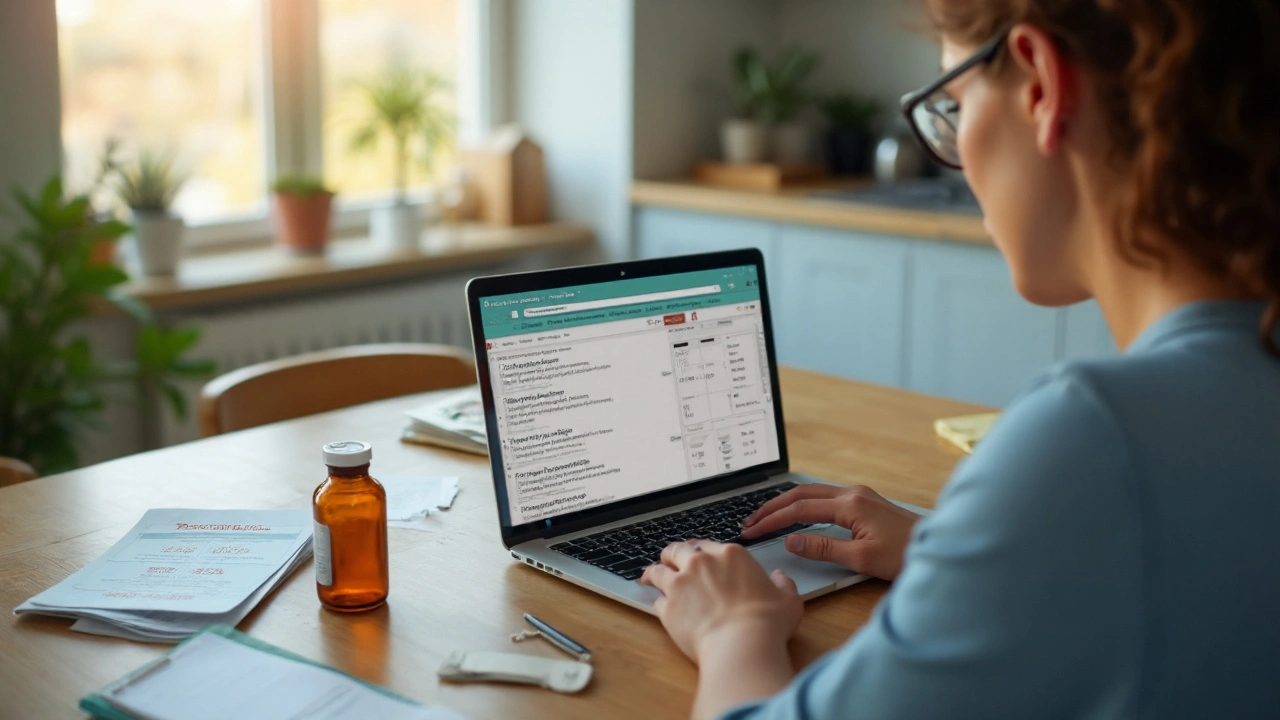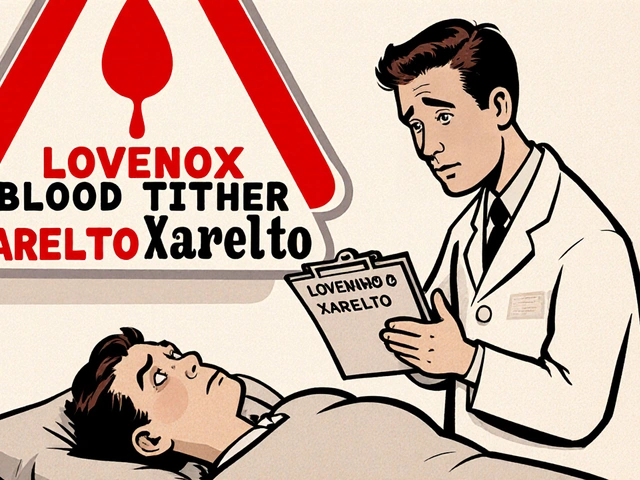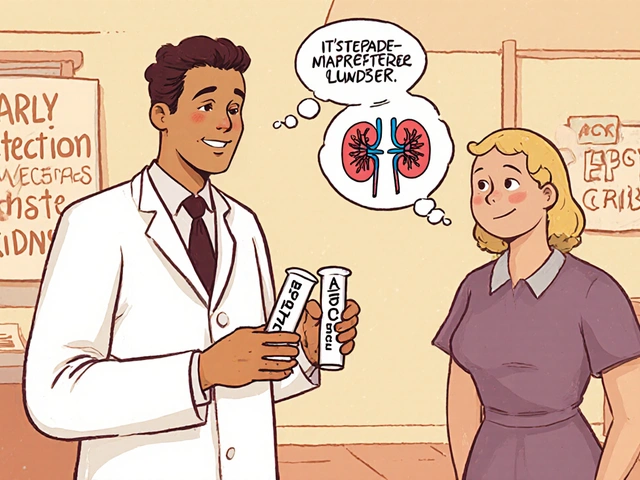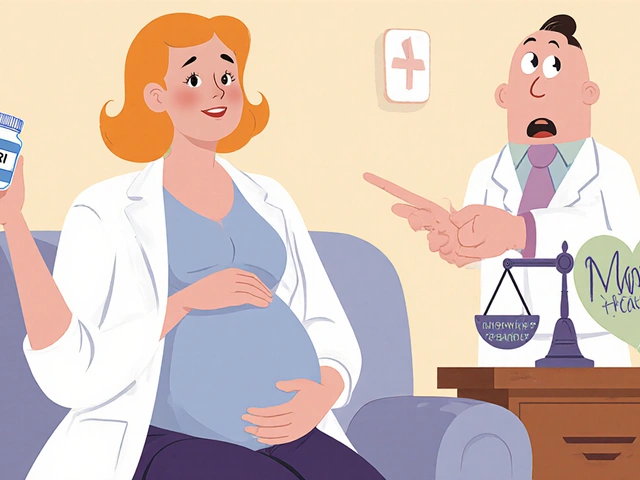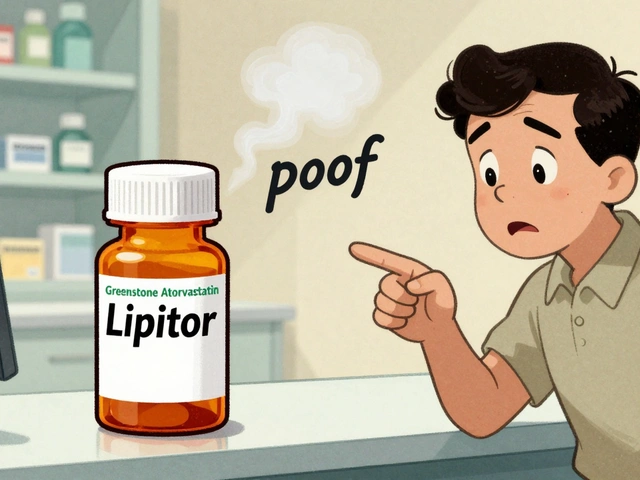Online Pharmacy Safety: Your Quick Guide to Buying Meds Without Worry
Buying medicines online can save time and money, but only if you do it the right way. A shady site can give you the wrong drug, a fake pill, or steal your personal data. Below are the steps you can follow today to make sure you’re dealing with a real pharmacy.
Spotting Legit Pharmacies
First, look for a valid pharmacy license. In the U.S., a legit site will show a state board number or a NABP .pharmacy seal. If the address is hidden behind a generic “contact us” page, that’s a red flag.
Second, check if a licensed pharmacist is available to answer questions. Real pharmacies usually have a "Ask a Pharmacist" feature or a phone line staffed by a pharmacist during business hours. If you only get a chatbot that never mentions a pharmacist, move on.
Third, compare prices. Extremely low prices for brand‑name drugs often mean the product is counterfeit. Use a price‑checking tool like GoodRx or a local pharmacy to see if the online price makes sense.
Protecting Your Personal Info
Never share your credit‑card number on a site without https:// in the address bar. The lock symbol means the connection is encrypted.
Use a separate email address for pharmacy orders. This limits spam if the site sells your contact list later.
When a site asks for a full social security number, decline. Legit pharmacies only need your name, address, date of birth, and a valid prescription.
Finally, keep a copy of your prescription and the receipt. If something goes wrong, you’ll have proof to claim a refund or report the pharmacy to the FTC.
By following these quick checks, you can order medication online with confidence. A little extra time spent researching now saves you headaches, health risks, and money later. Happy, safe shopping!
